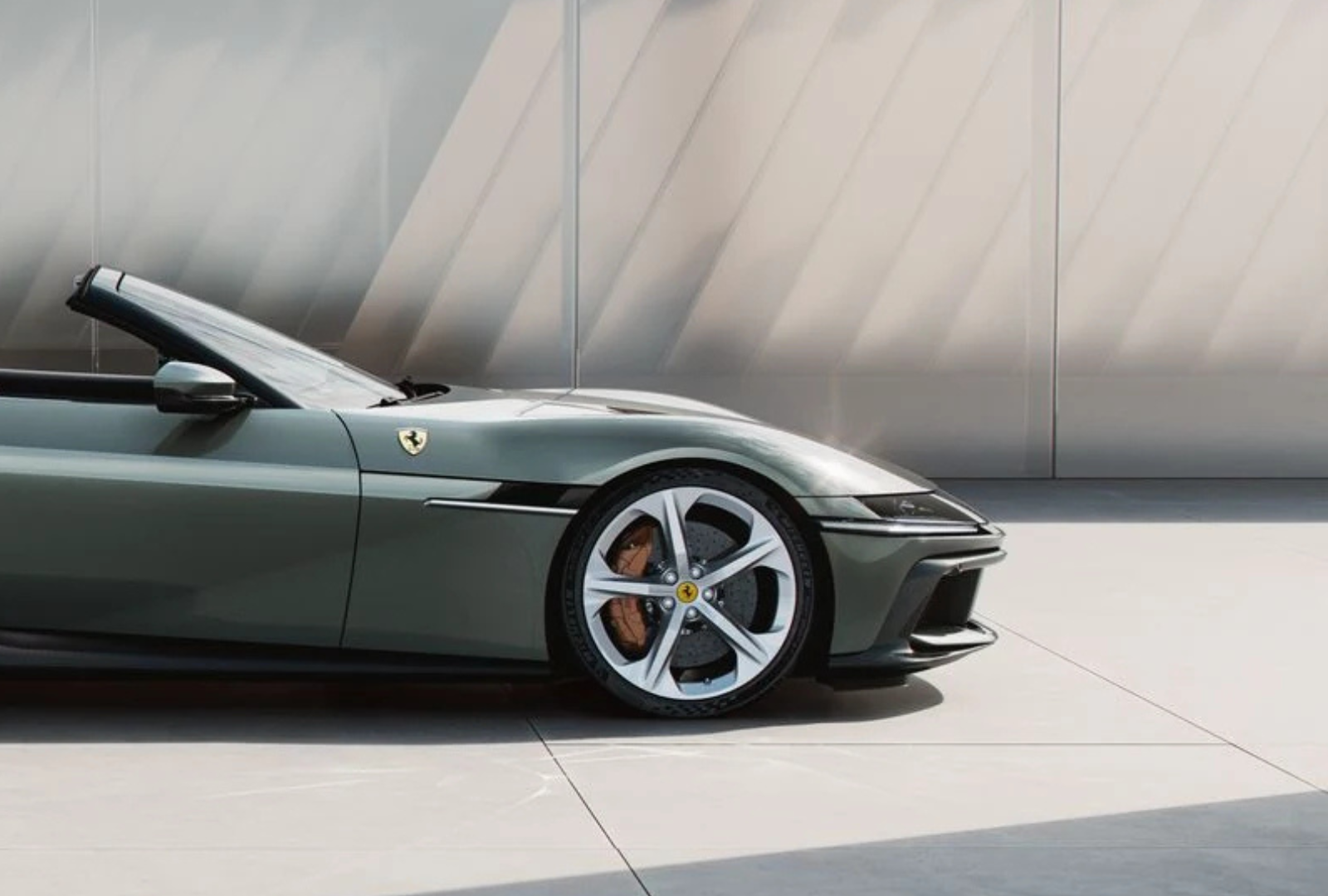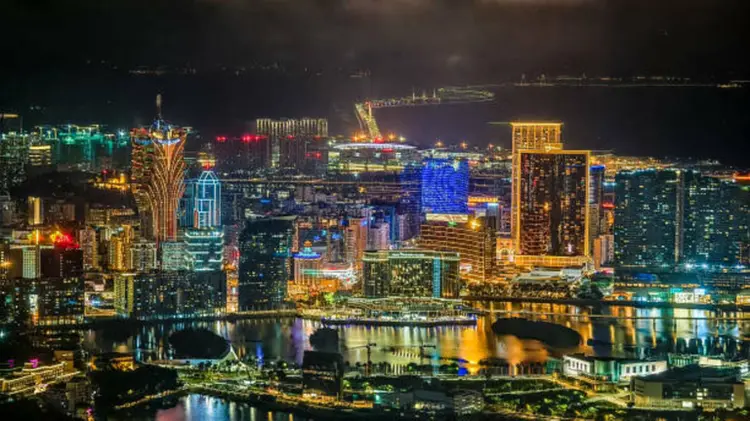Copyright newsweek

Ferrari is capping off a decade of engineering, performance and brand excellence with one of the biggest reveals in its history: the Ferrari Elettrica. The battery-electric supercar will arrive in the first buyers’ hands in 2026. To understand the Ferrari of tomorrow, one must understand the Ferrari of yesterday. The Italian luxury sports car company was founded in 1939 by Enzo Ferrari, a former race car driver and salesman. By the advent of World War II, the Ferrari company was hard at work on developing a V12 engine; the only other automaker using a V12 at the time was America’s Packard. As the company matured, Enzo Ferrari was fanatical about wanted to keep control of the product and its development, keeping as much in-house as was possible, even as Fiat became the company’s majority shareholder. Fast forward to 1991, and Luca Cordero di Montezemolo was chairman of the company, succeeding Enzo Ferrari after his death. Montezemolo spent 23 years expanding the company’s footprint, offering more cars for sale, expanding licensing agreements and improving Ferrari’s Formula One performance with famed racers Michael Schumacher and Jean Todd behind the wheel. Ferrari founder Enzo Ferrari stands between two vehicles. Upon his resignation in 2014, Montezemolo was replaced by Sergio Marchionne who worked to put Ferrari on solid financial footing. John Elkann, a member of the Agnelli family whose roots with Ferrari go back to the company’s early days, became chairman of the company after Marchionne fell ill and resigned. Today, Elkann continues as chairman, driving Ferrari forward, with Benedetto Vigna as CEO. “Ferrari is the symbol of a relentless will to progress,” Elkann told the crowd of investors at the automaker’s Capital Markets Day in Maranello, Italy, in October. He continued: “Many wondered whether a company built on passion innovation and craftsmanship could also thrive under the discipline of the capital markets. Ten years later, the answer is clear. Ferrari is a stronger company since the IPO.” Since its initial public offering on the New York Stock Exchange in 2015, Ferrari has launched 41 new sports cars (14 in the last three years alone), doubled its Maranello workforce from around 3,000 to over 6,000 and filed for 883 patents (144 this year). Those three elements have come together to allow Ferrari to meet the electrification moment. Early next year, the company will pull the cover off its Elettrica, a model first conceived in 2020 on the back of electrified vehicle engineering that stretches back to the Ferrari F1 team’s 2009 F399 race car. As it goes all-in on battery power, the company is committed to feeding its customer base’s appetite for internal combustion engine and hybrid vehicles. Initially, the company projected that by 2030, it would have product sales mix of 20 percent ICE, 40 percent hybrid and 40 percent electric. Today, those projections have changed to 40 percent each for ICE and hybrid, and 20 percent for electric. Front angle view of the Ferrari Roma Spider. Despite the company’s growing popularity, Ferraris must be scarce, Vigna said, “otherwise they are not special.” In the company’s view, the ideal wait list for Ferrari models is 20 to 24 months, he revealed. Ferrari promises four vehicle debuts each year through 2030. It’s backing those with new guarantees, upping hybrid and electric vehicle powertrain warranties in an effort to give its clients peace of mind in the technology. Ferrari’s factory of the future, the recently opened E-Building at the company’s headquarters in Maranello, Italy, is designed to create battery modules that can serve as replacements for any malfunctioning modules in addition to those that are part of new vehicles. The Ferrari E-Vortex test track. Near that site, Ferrari is constructing the new E-Vortex test track, a facility that is designed to allow Ferrari to do more development on-site and control more development factors. That future is being honed by the company’s motorsports arm. Its F1 team is advancing thermal and electric motor technology and passing on learnings of power electronics and battery cells. Ferrari’s FIA World Endurance Championship team has helped the automaker hone aerodynamics and carbon fiber chassis and braking technology. The popularity of Ferrari’s teams and the revenue it takes in from F1 has been growing, Ferrari’s Chief Financial Officer Antonio Picca Piccon said. Today, Ferrari measures its motorsports fanbase as more than 400 million people strong. F1 fans cheer on Lewis Hamilton and Charles Leclerc, drivers with large standalone fanbases of their own. The Italian automaker is working to balance the exclusivity of Ferrari car ownership with the inclusivity of brand fandom. It hasn’t been easy. Bucking l...



